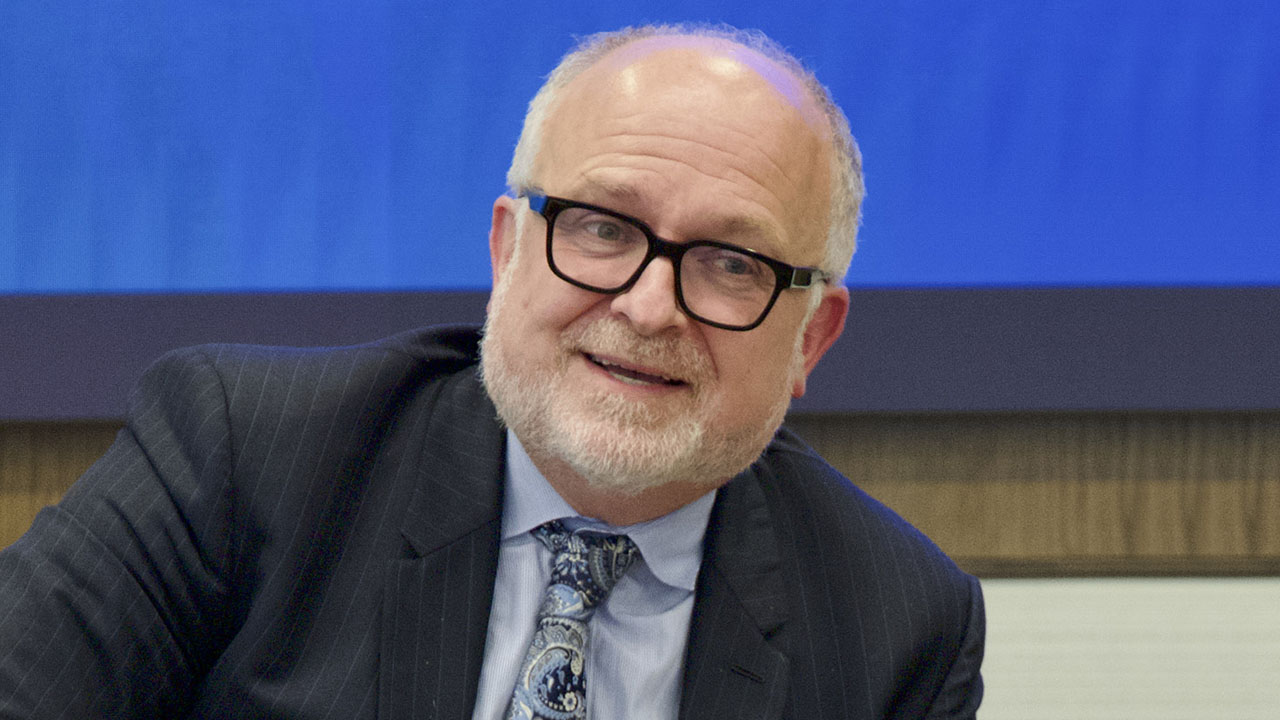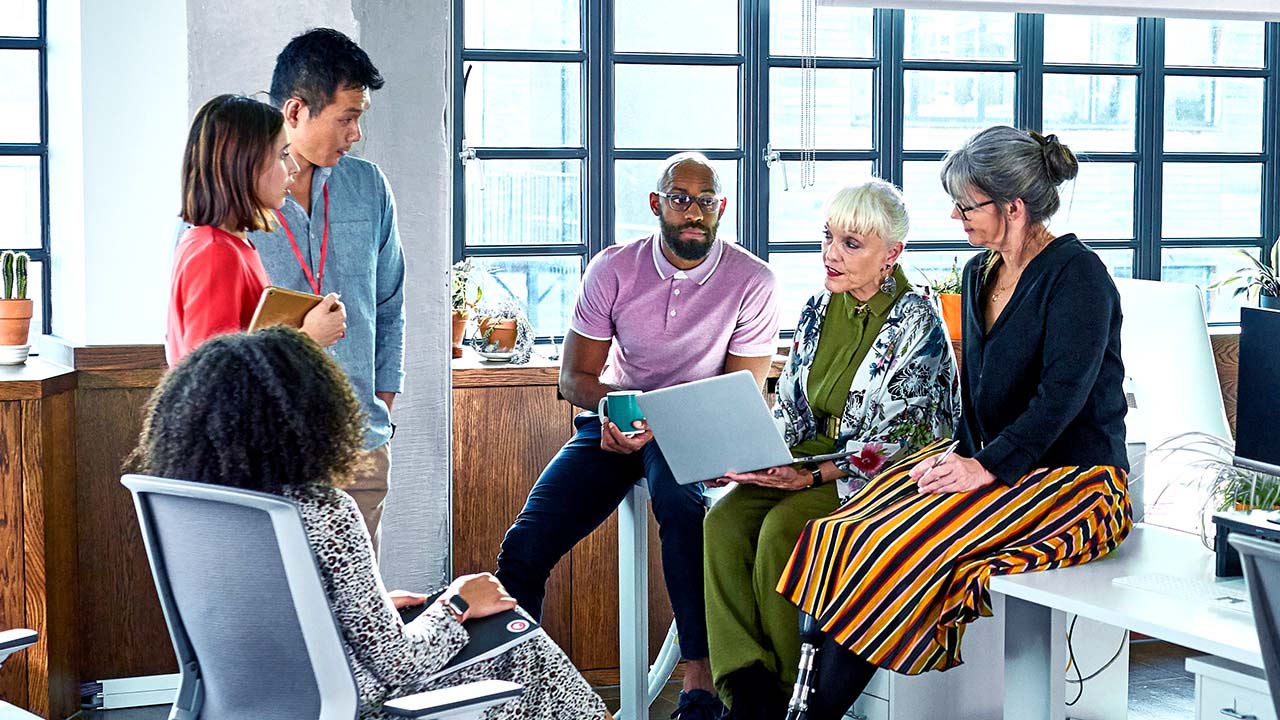| | | |
| | Brought to you by Alex Panas, global leader of industries, & Axel Karlsson, global leader of functional practices and growth platforms
| | | | | | | |
| | | | Of late, leaders have paid much attention to Gen Z’s entrance into the workforce, seeking to learn more about their youngest employees’ attitudes and motivations. But the future of work is not just a youth movement. Massive demographic shifts, such as increasing longevity and tightening labor markets, are expected to result in a growing share of older employees in the workforce. To account for these shifts and maintain growth, organizations will need to develop new strategies to boost productivity and increase labor intensity. This week, we look at how leaders can address the challenges of an aging workforce as the population transforms.
| | |
| | | | | |
| | | With fertility rates falling and people living longer, the world’s population is growing older—and changing the face of the workforce. The share of older people in the workforce will likely increase as the traditional working-age population (ages 15 to 64) shrinks, according to a McKinsey Global Institute report from McKinsey’s Anu Madgavkar, Chris Bradley, Olivia White, Sven Smit, and coauthors. Their analysis found that the first wave of this demographic shift is already occurring in advanced economies and China, where the share of working-age people is predicted to drop to 59 percent in 2050, compared with 67 percent today. The authors say that organizations should find ways to tailor their work practices to gain a competitive advantage. “With more older people in their workforces, businesses will need to adapt career planning, reorganize teams, encourage lifelong learning, and expand and adjust retraining programs,” they observe. | | |
| | | | | | | | | | | | | | | | | | | |
| Gen Z workers love AI, while Gen Xers and baby boomers worry that the technology will take their jobs. Fair assumptions, right? Not according to a survey that found that a larger share of younger people fear the impact of AI at work, compared with their older peers who have already lived through tech-led transformations and changes in the workplace. This can serve as a good reminder for leaders to avoid buying into generational stereotypes. In a McKinsey survey of more than 30,000 global workers, senior partner Aaron De Smet and coauthors found that people’s expectations and needs at work are largely similar across age groups. Rather than focusing on broad generational labels, the authors say organizations should “take action on the factors that nearly all employees want—namely, compensation, career development, caring leadership, flexibility, and meaningful work—while appreciating the nuances of how they want them.” | | | Lead by supporting older workers. | | | | | — Edited by Eric Quiñones, senior editor, New York
| | |
| | | |
This email contains information about McKinsey’s research, insights, services, or events. By opening our emails or clicking on links, you agree to our use of cookies and web tracking technology. For more information on how we use and protect your information, please review our privacy policy. |
|
You received this email because you subscribed to the Leading Off newsletter. |
|
|
Copyright © 2025 | McKinsey & Company, 3 World Trade Center, 175 Greenwich Street, New York, NY 10007 |
|
|
|
|
|











